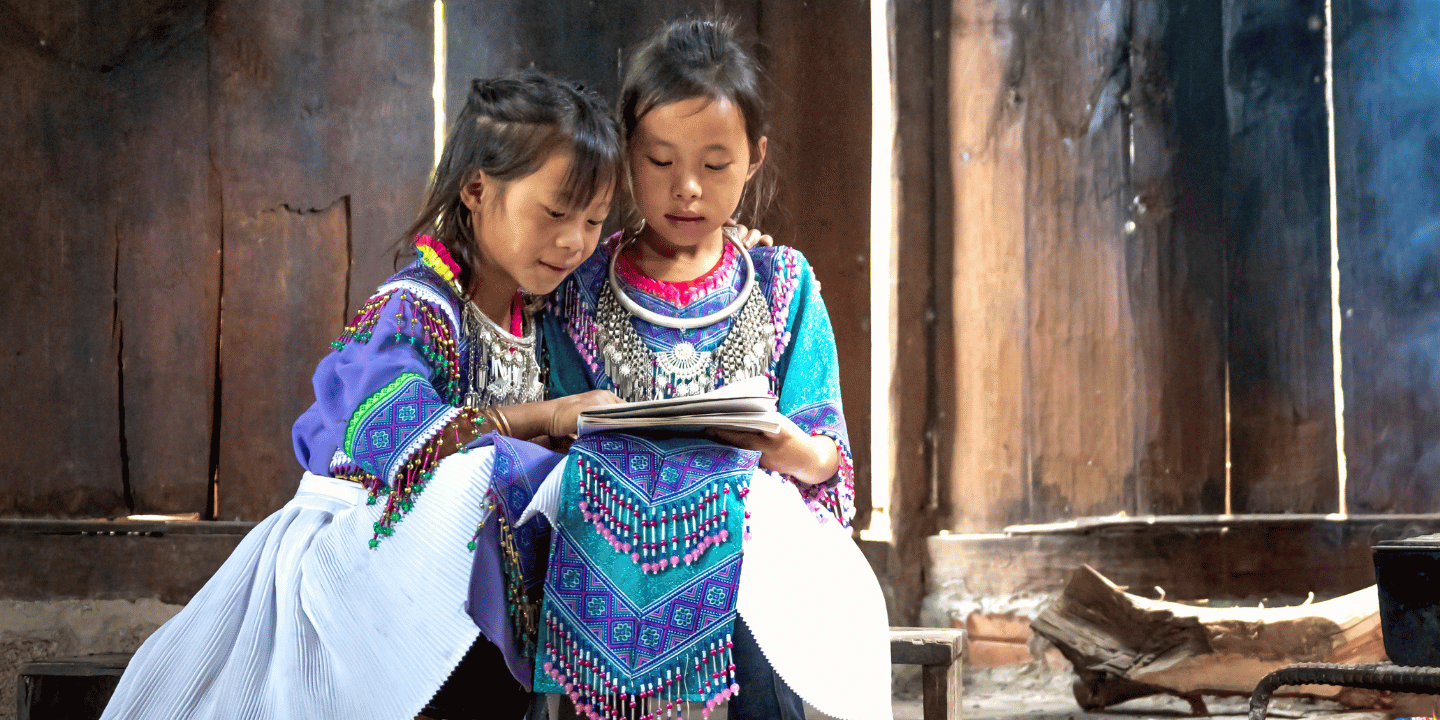
What factors impact reading literacy in Southeast Asia?
1 Jul 2024 4 minute readNew study analysing socio-cultural factors confirms that a family’s socio-economic status and parental attitudes towards homework have direct positive effects on reading literacy of primary school students in Southeast Asia.
Understanding the interconnections between reading literacy and socio-cultural factors is important to improving learning. That is why ACER recently conducted a study to analyse data from the 6 ASEAN countries participating in the Southeast Asia Primary Learning Metrics 2019 – Cambodia, Malaysia, the Philippines, Lao People’s Democratic Republic (PDR), Myanmar and Viet Nam. Initiated in 2012, SEA-PLM aims to develop a common approach to assessing learning outcomes in reading, writing, mathematics and global citizenship in Grade 5 students in the ASEAN region.
The study and resulting interactive data visualisation was jointly funded by ACER and the Australian Government’s Department of Foreign Affairs and Trade (DFAT) through the Global Education Monitoring (GEM) Centre.
The socio-cultural factors presented in the interactive data visualisation are:
- gender
- family socio-economic status
- literacy resources at home
- parental attitudes towards homework
- preschool attendance
- outside school activities conducted outside of home
- outside school activities conducted at home
- grade repetition
- literacy time at school
- teacher absenteeism
- student interest in school
The data visualisation illustrates how these socio-cultural factors contribute to explaining differences in student reading literacy. These factors have been mapped to the concepts of the Education Prosperity Framework, which was developed by J. Douglas Willms (2018), with a focus on low- and middle-income countries.
Among the other key influences on reading literacy, the exposure to preschool during a student’s early years has also been significant in 5 of the 6 countries.
Interestingly, outside school activities undertaken at home – such as participating in household chores and spending time with younger children and the elderly – positively influenced reading literacy. In contrast, undertaking outside school activities outside the home – such as farm work and physical labour – had a negative effect on reading literacy. Gender also plays an important role, with girls generally spending their outside school time at home. Girls also demonstrated higher reading literacy than boys who are more likely to take up farm work or physical labour outside the school hours.
Analyses like these provide stakeholders a deeper understanding of the interconnectedness of factors associated with learning. This is important evidence for developing more targeted approaches to support the reading literacy of children in the ASEAN region.
Further reading
Read the SEA-PLM 2019 Main Regional Report.
Learn more about the GEM Centre.
